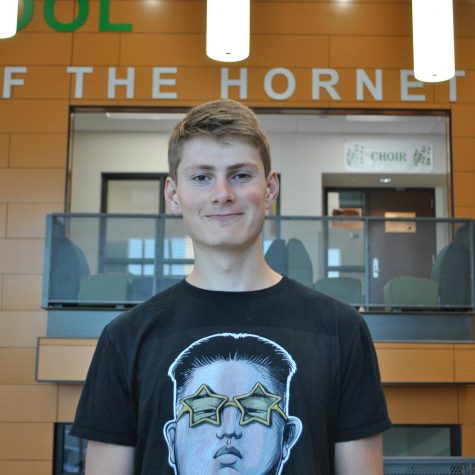Egger’s book of the month: The Secret Race
May 19, 2019
Following Lance Armstrong’s confession to doping in 2013, the image of professional cycling has become tarnished and many associate the sport with cheating and deceit. While Lance was one of the worst doping offenders, cheating plagued the sport from the 1990s well into the 2000s, and countless other cyclists were also involved, including Tyler Hamilton, the author of The Secret Race and one of Armstrong’s former teammates. Although The Secret Race details professional cycling’s widespread culture of cheating and deceit, it also serves as a medium for Hamilton to come to terms with the mistakes he made as a cyclist.
To explain how and why cyclists started cheating, Hamilton dives into the backgrounds of commonly used performance-enhancing drugs (PEDs), two of the most prominent being testosterone and erythropoietin (EPO). Testosterone is taken as a pill and increases muscle mass, quickens recovery, and enhances aerobic endurance. EPO is injected and stimulates the production of red blood cells, which supply the body with the oxygen that is so crucial endurance sport. Obviously, PEDs are not legal, and thus athletes had to plot devious ways by which they could obtain and hide them. Hamilton recalls hiding EPO syringes in sneakers or in disguised food containers and discarding them in crushed Coca-Cola cans to avoid the scrutiny of the French gendarmes (armed police) during the Tour de France.
Many people erroneously believe that doping allows cyclists to win effortlessly, and that it is a cheap substitute for proper training and recovery. However, for most athletes including Hamilton and Armstrong, it only supplemented an extremely rigorous training plan and spartan lifestyle. While Hamilton and his cohorts undoubtedly made enormous performance gains by using PEDs, they also worked unbelievably hard and made incredible sacrifices in order to improve. For instance, when describing his diet, Hamilton writes, “By the middle of my career it’s fair to say that I was on the verge of having a food disorder (which wasn’t uncommon among top racers). But the truth is, losing weight works.”
Additionally, doping doesn’t allow cyclists to painlessly and effortlessly win. PEDs only enable athletes to push harder and to endure tremendous levels of pain and discomfort. Hamilton writes, “People think doping is for lazy people who want to avoid hard work. That might be true in some cases, but in mine, as with many riders I knew, it was precisely the opposite. EPO granted the ability to suffer more; to push yourself farther and harder than you’d ever imagined, in both training and racing.”
As I read The Secret Race, I began to respect Hamilton more and more. Hamilton, like most cyclists, did not begin his career intending to dope. The pressure to improve overwhelmed him, and he made a mistake, choosing to cheat. It’s hard not to empathize with his rueful account of his professional cycling career and his warm, hardworking, and caring persona. While the scandals in cycling are troublesome, The Secret Race provides a unique insight into their causes and consequences.

